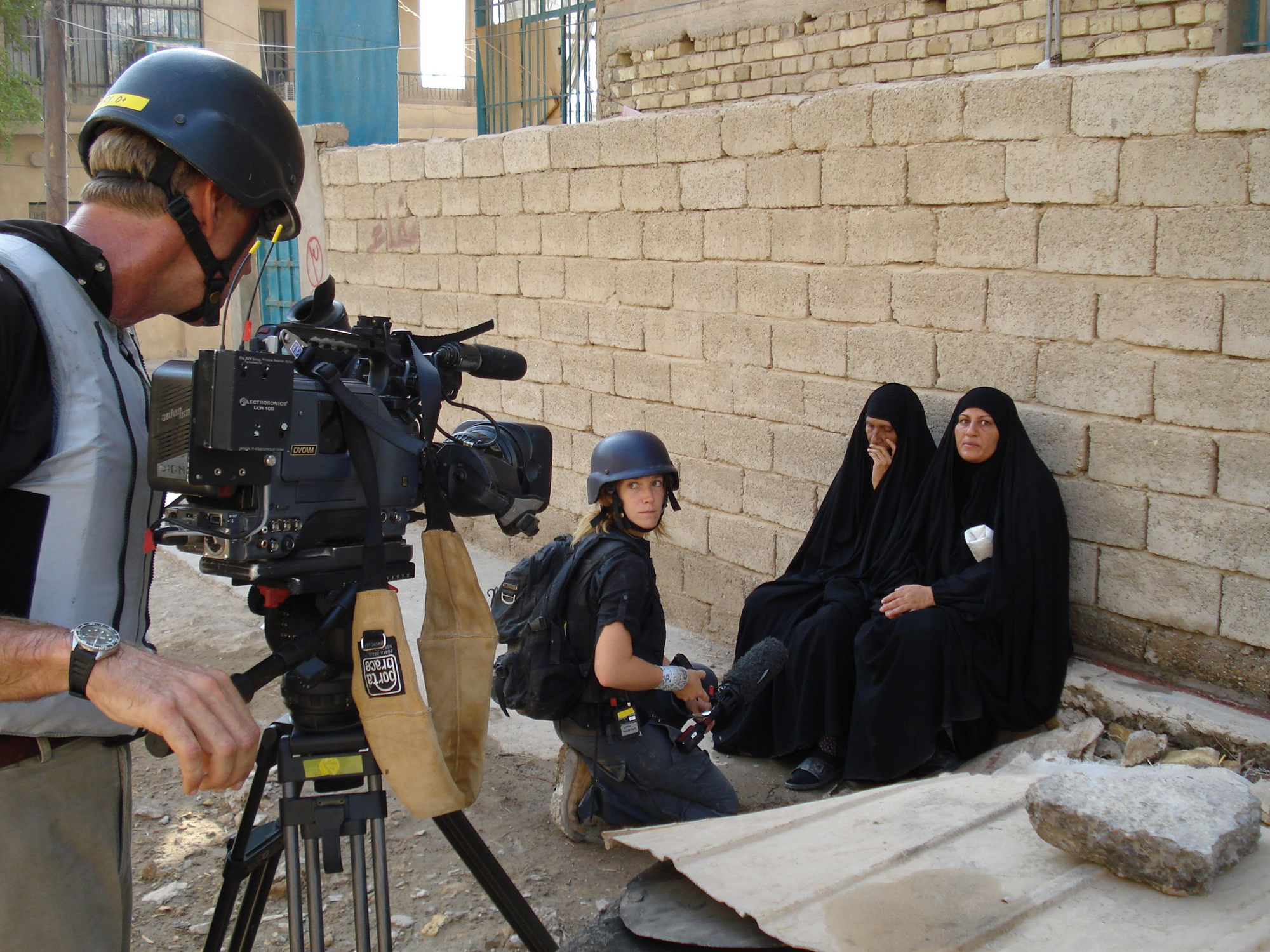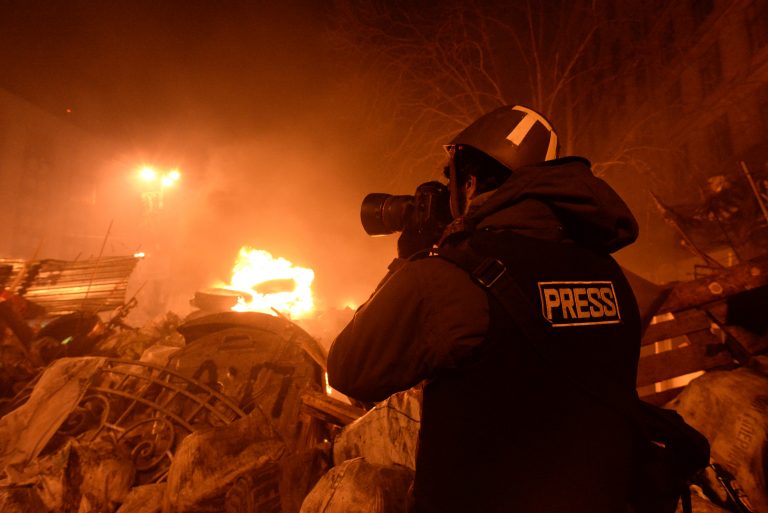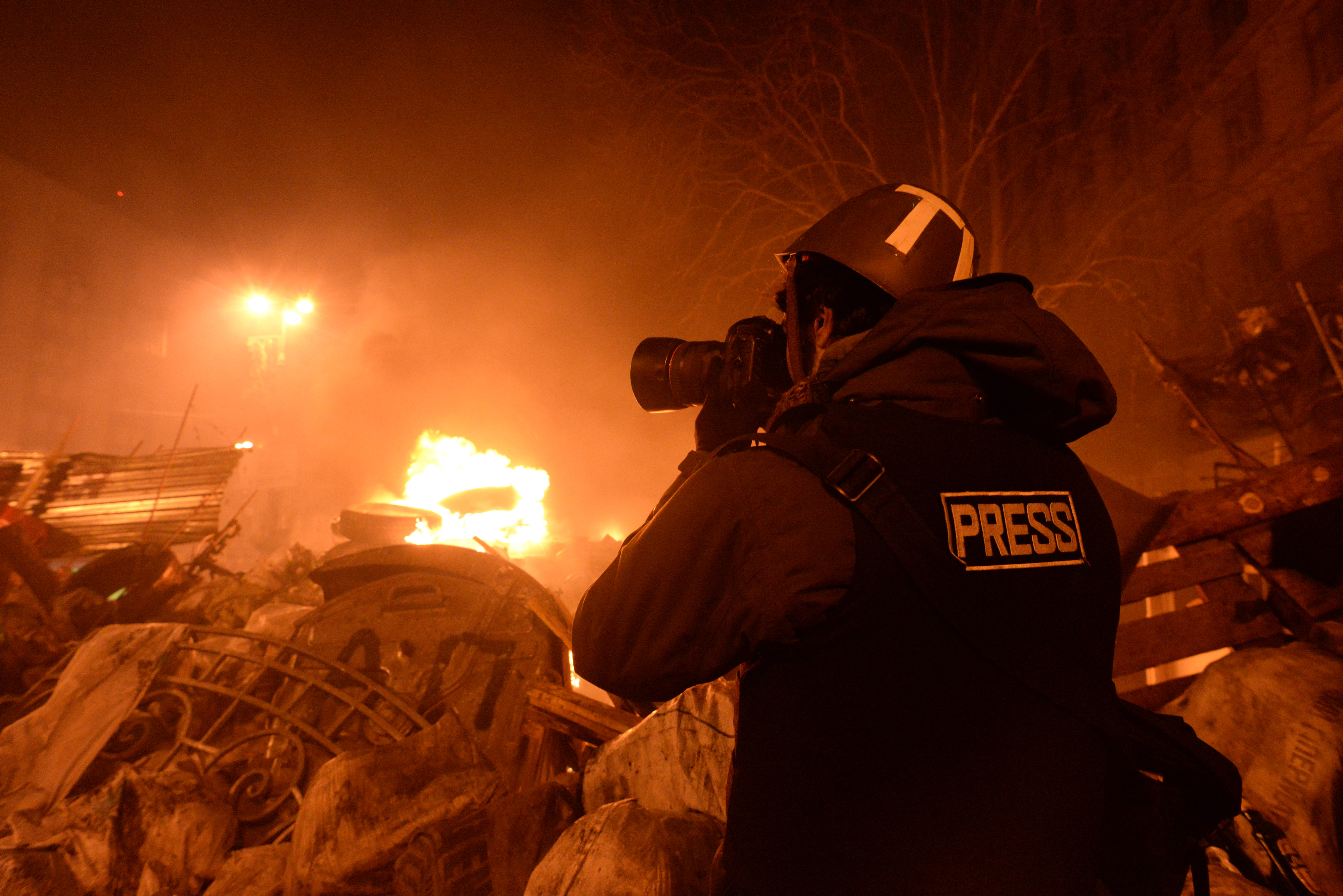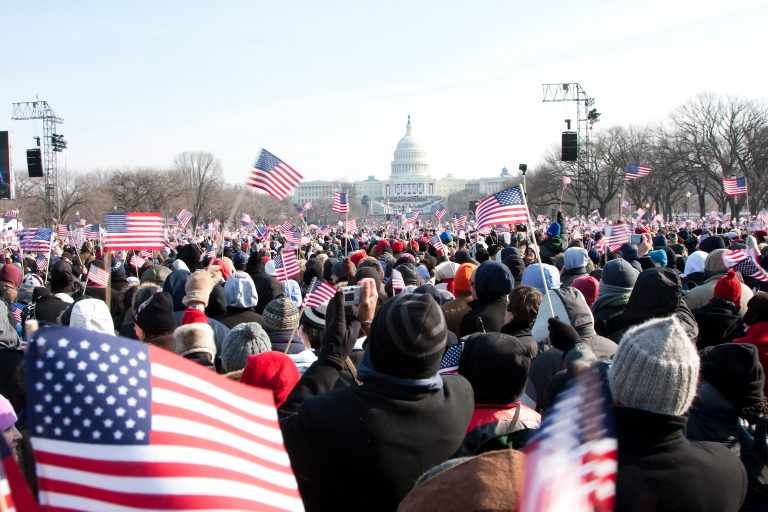What is Peace Journalism?
By Steven Youngblood

What is peace?
Any overview of peace journalism must begin with a quick examination of the concept of peace itself. Peace has traditionally been defined simply as the lack of conflict or violence. However, one of the fathers of peace studies (and peace journalism), Norwegian academic Dr. Johan Galtung, has written extensively about positive and negative peace. In this construct, Galtung says negative peace is simply the absence of conflict, whereas positive peace consists of conditions where justice, equity, harmony, and so on can flourish.
For the purposes of peace journalism, Galtung’s notion of positive peace is particularly applicable, since peace journalists strive to spotlight individuals and initiatives that seek these harmonious conditions, and to lead constructive public dialogues about issues that pertain to justice and equity.
Defining Peace Journalism
There are several valid definitions of peace journalism.
Dr. Jake Lynch and Annabel McGoldrick, in their groundbreaking book Peace Journalism define it as, “when editors and reporters make choices - of what to report, and how to report it - that create opportunities for society at large to consider and value non-violent responses to conflict.”
Their definition goes on to say that PJ “uses the insights of conflict analysis and transformation to update the concepts of balance, fairness and accuracy in reporting. It also provides a new road map tracing the connections between journalists, their sources, the stories they cover and the consequences of their journalism, and builds an awareness of nonviolence and creativity into the practical job of everyday editing and reporting.”
The Center for Global Peace Journalism at Park University in Parkville, Missouri, adapts and expands on the Lynch/McGoldrick definition. The center says that PJ is a practice in which “editors and reporters make choices that improve the prospects for peace. These choices, including how to frame stories and carefully choosing which words are used, create an atmosphere conducive to peace and supportive of peace initiatives and peacemakers, without compromising the basic principles of good journalism. Peace Journalism gives peacemakers a voice while making peace initiatives and non-violent solutions more visible and viable.”
Just as important is a consideration of what peace journalism is not.
It is not, according to the Center for Global Peace Journalism and Lynch, open advocacy for peace. Instead, PJ is about, in Lynch’s words, “giving peace a chance.”
Lynch and McGoldrick lay out a number of principles of peace journalism, including a widely distributed chart comparing peace journalism to “war and violence journalism” and a 17 point checklist of “what a peace journalist would try to do.”
In the chart, war and violence journalism is reporting characterized by us vs. them narratives that demonize them, the spreading of propaganda, reporting that is victory-oriented, reactive and elite oriented that focuses only on visible effects of violence. Peace journalism is the opposite. It’s reporting that is proactive, humanizes the other side, gives voice to everyday people, and discusses solutions.
Four items from Lynch/McGoldrick’s 17 point plan for peace journalism focus on the importance of language, and particularly in avoiding language that victimizes (devastated, destitute, defenseless”), is imprecise and emotive (“tragedy,” “massacre,” “systematic”), demonizes (“vicious,” “cruel,” “barbaric”), and imprecisely labels (“terrorist,” “extremist,” “fanatic,” “fundamentalist”). Other key points include avoiding reporting about conflict as if it is a zero-sum game (one winner, one loser); reporting about common ground shared by parties involved in the conflict; avoiding reporting only the violent acts and “the horror”; and not reporting claims as though they are facts.
This text, as well as other early writings on the subject of peace journalism, were largely focused specifically on war reporting—reporting that occurs both before and during violent conflict. However, during the 10 years since Peace Journalism, theorists and practitioners (including the Center for Global Peace Journalism, among others) have expanded this original war reporting orientation into other fields of journalistic endeavor, discovering along the way the utility of PJ principles to inform and improve practices in reporting politics and elections, terrorism, crime, and human right. In fact, the peace journalism approach can be used to guide reporting about any type of conflict (politics, ethnic, resource disputes, civil unrest, religious), and not just those that involve violence or war.
Keeping in mind peace journalism’s applicability across these many domains, the Center for Global Peace Journalism, using the Lynch/McGoldrick 17 points as a foundation, has devised a 10 point list that describes the elements of peace journalism.
Peace Journalism Elements
1. PJ is proactive, examining the causes of conflict, and leading discussions about solutions.
2. PJ looks to unite parties, rather than divide them, and eschews oversimplified “us vs. them” and “good guy vs. bad guy” reporting.
3. Peace reporters reject official propaganda, and instead seek facts from all sources.
4. PJ is balanced, covering issues/suffering/peace proposals from all sides of a conflict.
5. PJ gives voice to the voiceless, instead of just reporting for and about elites and those in power.
6. Peace journalists provide depth and context, rather than just superficial and sensational “blow by blow” accounts of violence and conflict.
7. Peace journalists consider the consequences of their reporting.
8. Peace journalists carefully choose and analyze the words they use, understanding that carelessly selected words are often inflammatory.
9. Peace journalists thoughtfully select the images they use, understanding that they can misrepresent an event, exacerbate an already dire situation, and re-victimize those who have suffered.
10. Peace Journalists offer counter-narratives that debunk media created or perpetuated stereotypes, myths, and misperceptions.
The 10 PJ principles, and those laid out by Lynch and McGoldrick, were created in response to sensational, irresponsible reporting that ignores or devalues peaceful responses while exacerbating already tense, contentious, difficult situations. This irresponsible reporting underscores the need for peace journalism.
Steven Youngblood is the founding director of the Center for Global Peace Journalism at Park University in Parkville, Missouri USA, where he is a communications professor. He has organized and taught peace journalism in 25 countries around the world. Youngblood is a two-time J. William Fulbright Scholar and author of “Peace Journalism: Principles and Practices” and “Professor Komagum.” He edits “The Peace Journalist” magazine, and writes and produces the “Peace Journalism Insights” blog.






